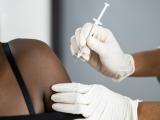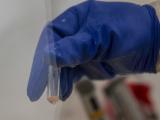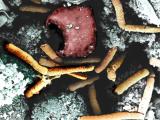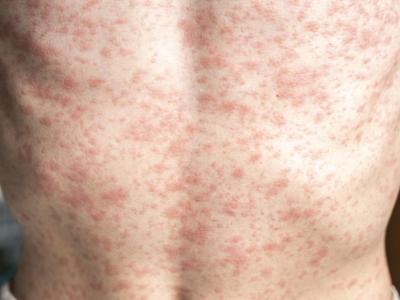Jun 14, 2005 (CIDRAP News) – An anthrax outbreak in the small African country of Guinea Bissau has killed 4 people and sickened more than 80.
Thirteen patients have been hospitalized, according to a World Organization for Animal Health (OIE) news release issued this month.
The outbreak is occurring in Oio region, which boasts some of the most intensive cattle herding operations in the country, an Oxfam America news story on May 5 noted. Some 120-plus cattle had died in the outbreak. Cattle herding is the chief economic engine of the Oio region, Oxfam said.
The OIE has made a grant to the country from its emergency fund to help pay for a large-scale vaccination campaign in Oio, which has more than 50,000 cattle, according to a news release from the organization.
Oxfam America estimated early in May that 400,000 doses of bovine vaccine would be required to control the outbreak, but that only 76,000 doses of the vaccine could be found in West Africa. The agency was assisting Guinea Bissau by purchasing vaccine and obtaining additional doses elsewhere.
By the end of May, Oxfam America reported that more than 13,000 cattle had been vaccinated.
The OIE, the United Nations Food and Agriculture Organization (FAO) and the US Centers for Disease Control and Prevention (CDC) are planning to provide support, according to Oxfam and OIE information.
Anthrax spreads among cattle and other ruminants through contaminated feed and soil, Oxfam said. People can contract intestinal anthrax by eating contaminated, undercooked meat. Touching infected animal tissues, being bitten by infected flies, or contacting contaminated materials may cause cutaneous anthrax. Inhalational anthrax results from inhalation of spores in contaminated areas.
Anthrax, caused by Bacillus anthracis, occurs naturally and is widespread in the environment. An estimated 2,000 to 20,000 human cases occur globally each year, according to the CIDRAP overview of the disease. Anthrax can also be modified for use as a biological weapon.
See also:
OIE news release http://web.oie.int/eng/press/en_050609.htm
CIDRAP overview of anthrax
http://www.cidrap.umn.edu/cidrap/content/bt/anthrax/biofacts/index.html


















